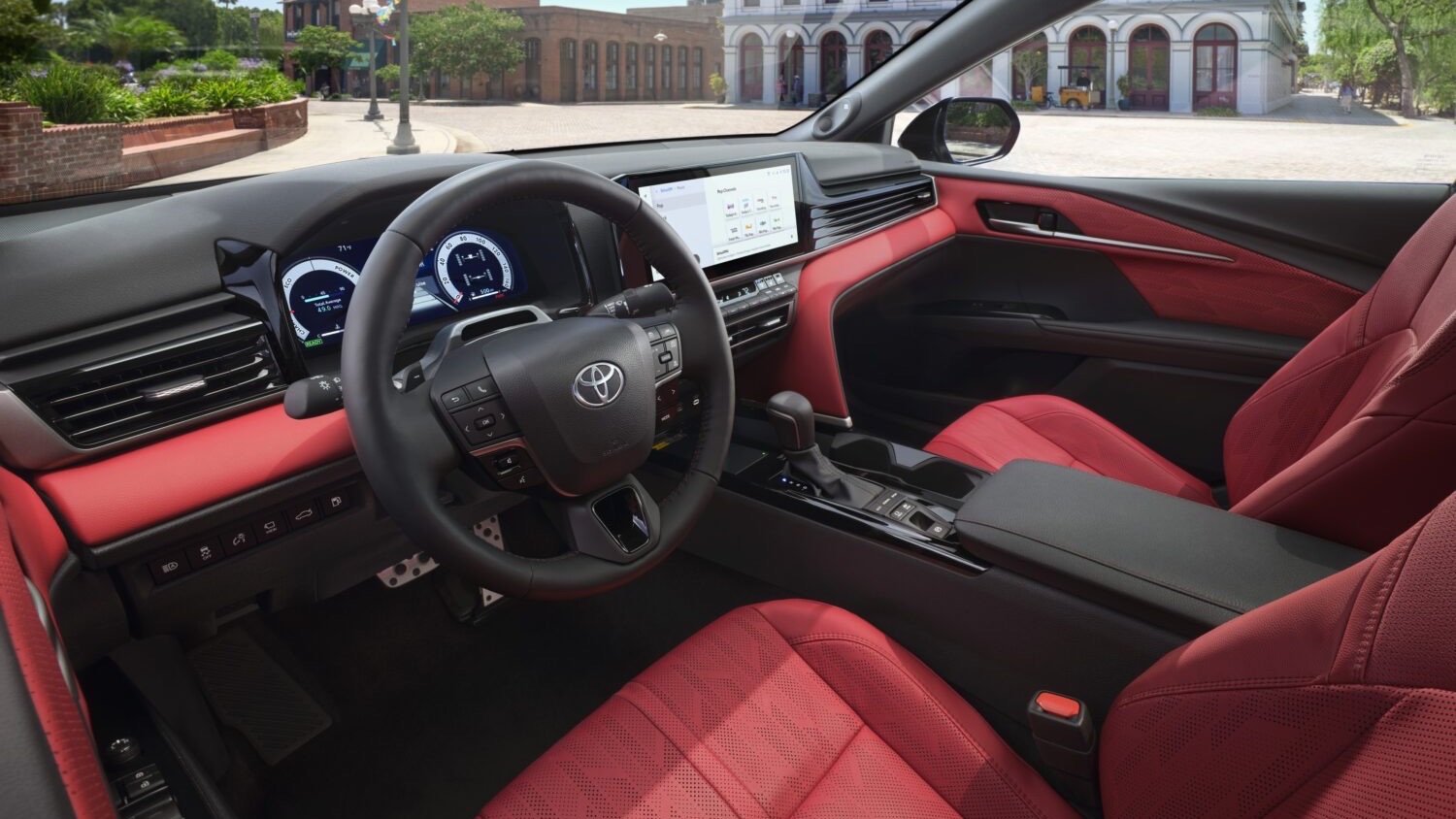

A quiet cabin is often thought of as the domain of pricey luxury cars, like plush Bentleys and elegant Rolls-Royce sedans. Automaker for the masses Toyota would like to debunk that myth with evidence of laser-focused efforts to silence every unwanted sound.
Scott Smith, a principal engineer in Toyota’s vehicle performance department, has been hard at work making car interiors quieter for nearly 20 years. Typically, when referring to a serene cabin the acronym NVH is often used, which stands for noise, vibration, and harshness.
However, Smith says that Toyota splits those functions into more concentrated specialties, and his group focuses on just the noise and vibration with the harshness factor falling under the ride and comfort group. Smith earned his master’s degree in engineering with a focus in vibrations at the University of Cincinnati in Ohio; he’s an expert.
“When people ask me what I do at Toyota, I say I’m an NV engineer, and they don’t understand what that means,” Smith explains. “So I tell them, ‘I’m the guy that makes your car quiet.’ And they get it.”
Several elements are under consideration when in pursuit of a vehicle that’s as peaceful as possible inside. Noise made by tires, wind, and mechanical components are all studied extensively, and engineers like Smith figure out how to improve NVH ratings with each model iteration. The brand says its new Camry is a prime example, including tweaks to make its cabin more tranquil than the previous generation.

New, quieter motor
One advantage Toyota is leaning into with the new Camry is the fact that every model includes a hybrid powertrain, which smooths out the edges of the engine noise with whisper-quiet electric motors. The 2025 Toyota Camry is powered by a 2.5-liter four-cylinder internal-combustion engine aided by two electric motors (three if you choose the all-wheel-drive version). What you may notice more than anything is Toyota’s distinctive “spaceship” sound, the brand’s version of a government-required exterior sound to warn pedestrians of approaching vehicles. Once you’ve heard it, it’s easy to discern if the hybrid driving alongside is a Toyota or not based on the notes of the powertrain.
“The electric motor [in the 2025 Camry] is new, and it’s a quieter electric motor than the previous Camry had,” Smith says. “That has a big impact.”
Another dynamic in the Camry’s favor is that it rides on the automaker’s TNGA (Toyota New Global Architecture) modular chassis, which was designed to reduce acoustic resonance within the frame itself.
Wind noise affects NVH scores, and one way the team addressed that issue was to reshape the rain gutter along the A-pillar (the frame section between the windshield and front doors) so the wind flows over it more smoothly. The updated design ensures air doesn’t snag, avoiding wind noise as it funnels through. The base of the hood was also retooled so that the wind flows above the windshield wipers instead of through them. Even seemingly minor things were adjusted, like tightening the gasket seals on the door handles to improve wind noise.
“We’ve been benchmarking our competitors for a very, very long time; longer than I’ve been at Toyota,” Smith explains. “Most customers expect their new vehicle to be quieter than their old car, so we establish those targets and then it’s all about what the change points are.”
Computer-aided silencing
Different types of silencers and seals are installed inside the vehicle, which is an important way to reduce the interior noise. That may include the weather strips, double-paned glass, and rubber seals. If you were to take your instrument panel out of your vehicle, you’ll see a big giant piece of felt that’s covering up the entire dash; Toyota calls that a dash inner silencer. Pull back the carpet to find the floor silencer, another giant piece of felt that absorbs noise.
Testing is conducted using mostly computer-aided engineering (CAE) tools and 3D printed models. These tools help the Toyota team predict variables like engine vibration, playing out what the car might sound like inside the cabin as adjustments are made. As technology advances, the engineers can up their game and continually improve.

That’s a big change over the last 20 years for Smith, who used to have to spend a couple of weeks every month at the lab. Now his travel has been greatly reduced because Toyota conducts less on-road vehicle testing and does more of that prediction testing on a computer.
“When I first started at Toyota, we were predicting frequencies below 200 Hertz, but now we can predict up to 6,000 Hertz,” Smith says. “We use three different types of CA tools that help us do those different types of predictions.”
Investing money and time in a quiet cabin has a connection to the brand’s reputation, too.
“Customers expect to have good quality and low levels of noise,” Smith says. “From a quality point of view, that’s where noise migration has a very direct linear correlation to the perception of quality.”
